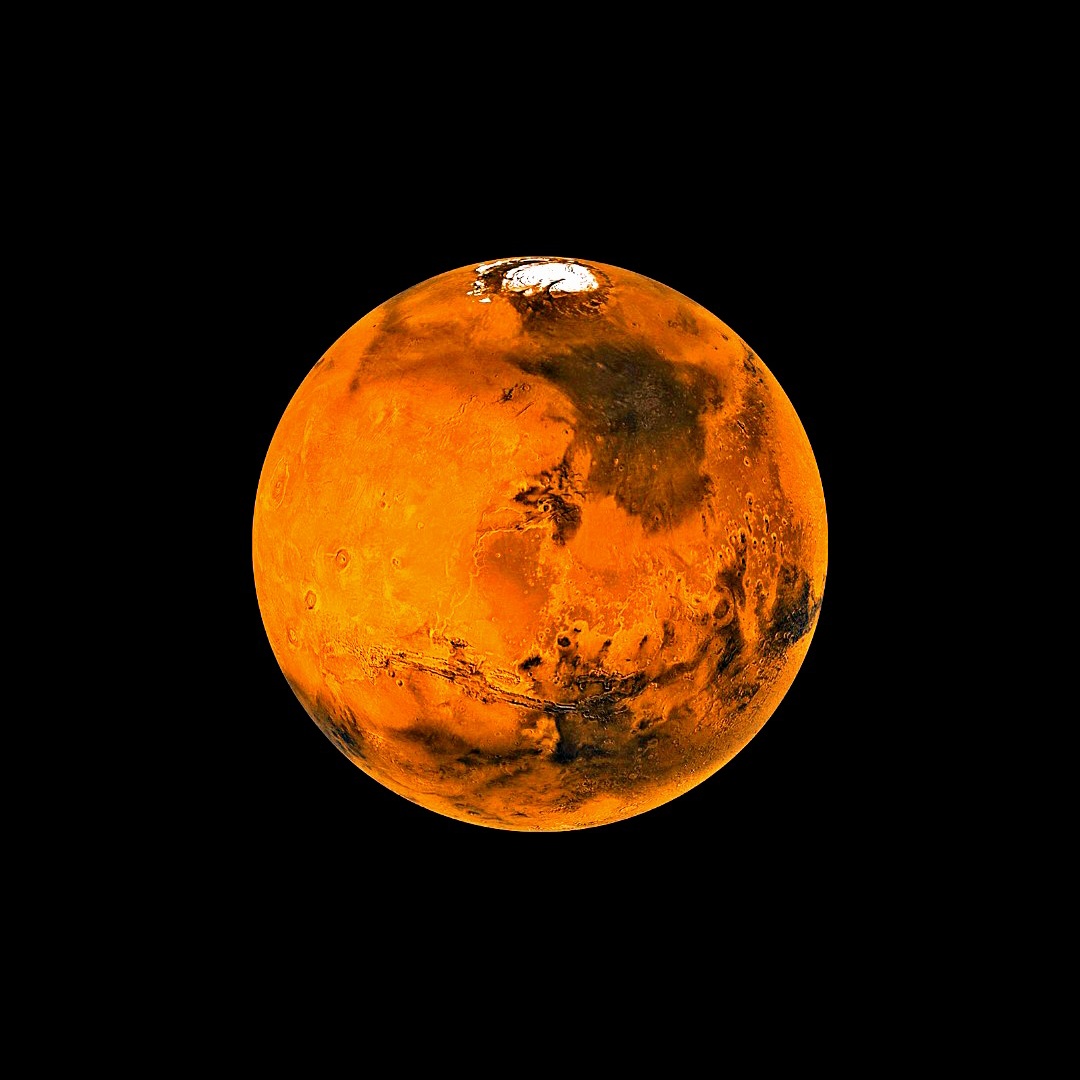Everything You Need to Know About Mars
Is there life on Mars?
Humans have long been intrigued by this question. In 1895, Percival Lowel erroneously documented what he thought were artificial canals running through the planet. The thought that intelligent beings might inhabit our neighboring planet captured the imagination of the world and gave rise to numerous visions of Mars, some peaceful but others malevolent.
Humans have now sent more spacecraft to explore Mars than any other planet outside Earth. To date, there is no proof of life on Mars but the search has not stopped. Just as life itself has evolved, so has how we search for it. Today, the Red Planet remains a prime target in the search for life.
What Is Mars Like Today?

Mars is uncomfortably cold on average, with an average temperature of -63°C (-81°F). Summer highs can hit 30 °C (86 °F), but it’s no joke; the planet’s atmosphere is 95.3% carbon dioxide and without a magnetic field, its surface is blasted by solar radiation. Low atmospheric pressure combined with cold temperatures also means that liquid water is not stable on the surface. Life as we know it cannot survive in such conditions.
What Was Mars Like in the Past?
Mars has not always been so unfriendly to life. We think that Mars once had a molten core that created a magnetic field. This, in turn, protected the surface from radiation and supported a thicker atmosphere that kept the planet warm.
There is also strong evidence that water was present on Mars 3 to 4 billion years ago. We can see valleys carved by rivers, boulders formed in rivers and piles of sediment that may have come from basins and deltas. Life may have been possible in these conditions.
About 3 billion years ago, Mars lost its protective magnetic field. Solar radiation destroyed most of the planet’s atmosphere, liquid water disappeared and Mars became the dry, cold desert we see today.
Did Life Exist on Mars in the Past?
Space missions, such as NASA’s Curiosity rover, have established that some parts of Mars were habitable long ago. But just because something may have lived there doesn’t mean that something did. Without direct evidence of past life, we can’t know whether Mars was ever inhabited.
NASA’s Perseverance rover will start looking for just that. It is heading to Jezero Crater, a former lake bed and river delta, to search for ancient life recorded in microscopic fossils. Perseverance will also return samples for upcoming missions back to Earth, where laboratories worldwide will be able to study them in more detail.
Does Life Exist on Mars Now?
There is a slight possibility that microbial life currently exists on Mars, perhaps under the planet’s icy surface or in near-surface lakes discovered by spacecraft such as the European Space Agency’s Mars Express. Such sites could protect life from the harsh conditions on the planet’s surface.
Since the kind of life we think might exist on Mars today is microbial, it would not have been detected by the cameras of the orbiting spacecraft. Instead, there are ways to detect it indirectly through chemical traits associated with life, known as biosignatures.
One such biosignature is methane, which both biological and geological processes can produce. Curiosity’s methane detection near its landing site in Gale Crater is inconclusive; the European Space Agency’s Trace Gas Express Orbiter has found no signs of the chemical in the Martian atmosphere.
Could Humans Bring Life to Mars?
When sending spacecraft to Mars to look for signs of life, it’s imperative to make sure we don’t bring microbes along with us. Even though it takes months for a spacecraft to travel to Mars, hardy microorganisms could potentially survive the journey.
Every mission that lands on Mars must be thoroughly sterilized before it leaves Earth. Otherwise, instruments looking for signs of life might be fooled by the life that came along with the spacecraft. Even worse, there is a slim but real possibility that Earthling microbes could survive and thrive on Mars, potentially interfering with any lifeforms that might already exist there.
The risk of contaminating Mars with Earthling microbes becomes even greater when considering future human missions to Mars. Human bodies are teeming with microbes, and it would be nearly impossible to contain them within a crewed Martian outpost. NASA, international space agencies, and private companies must work together to create planetary protection guidelines that balance the benefits of human exploration with the risk of contamination.
Let us know in the comments below whether you think we will live on Mars one day.
You May Also Like

What Are Some Major Conflicts Between Science and Christianity?
2022-07-05
What is Your Eidetic Memory
2022-04-21
